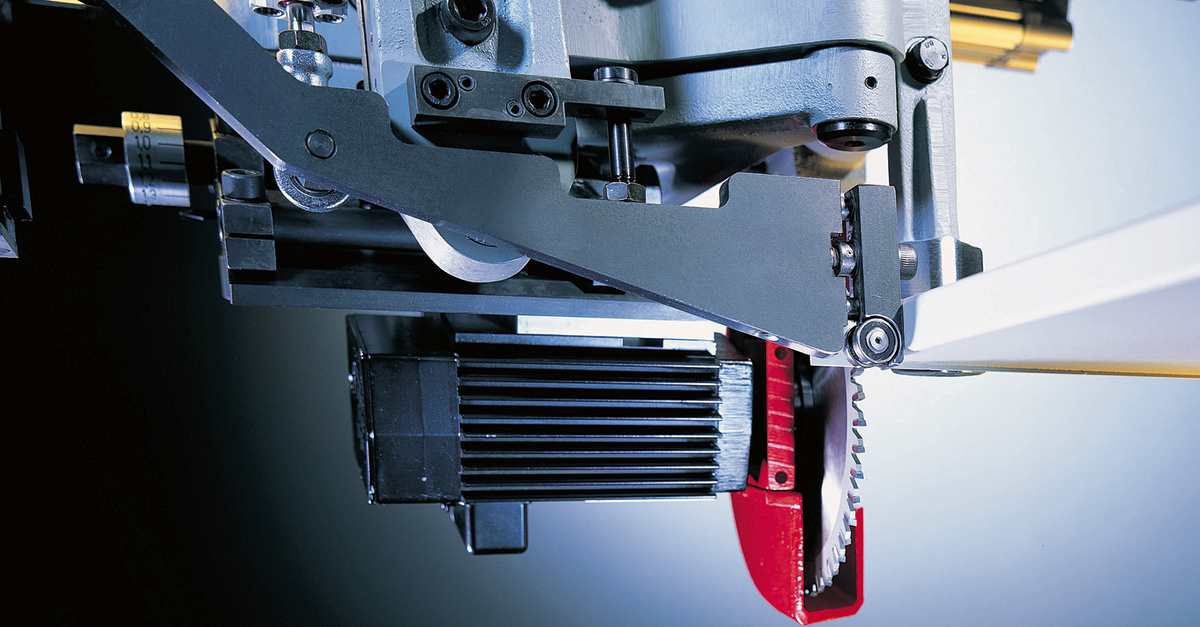How to control motors encoderless and precisely
The control methods SCL, ASCL, ASiCL from KEB Automation

SCL, ASCL and ASiCL – three terms behind which important keys for the dynamic and encoderless operation of motors are hidden. The control methods developed by KEB Automation ensure that a wide variety of motors are always run with the appropriate speed for the application with high precision. What exactly characterises the three processes? And what distinguishes them from each other?
Different speeds, highly dynamically controlled: The SCL, ASCL or ASiCL processes from KEB make it possible. SCL stands for Sensorless Closed Loop, ASCL for Asynchronous Closed Loop and ASiCL for Asynchronous Single Current Closed Loop. The methods control asynchronous, synchronous, synchronous reluctance or IPM motors without encoders. Both driving at the lowest speed and the use of motors in high-speed applications are possible without further effort.
SCL and ASCL: As precise as an encoder
“The SCL method is integrated as standard in our latest inverter generation. This allows precise and encoderless speed and torque control of synchronous or IPM high-speed motors via the COMBIVERT F6 Drive Controllers and S6 Servo Drives,” says Robert Otto, Application Engineer Automation and Drives at KEB. “This is of great importance in woodworking machines, for example. Because in chipping, among other things, high and at the same time constant speeds are required even during load changes, which we can ensure with our control methods.” In the high-speed range, for example, speeds of up to 120,000 revolutions per minute can be achieved with SCL or – when it comes to controlling an asynchronous motor – with ASCL.
These methods allow users to save the costs of encoders and cables, but still benefit from maximum accuracy. The risk of encoder failure or the effects of environmental conditions also become less significant with encoderless operation. SCL uses standard drive hardware and is software selectable, and various referencing options can be flexibly configured for the specific application.

ASiCL for best shaft performance
ASCL is complemented by the ASiCL function, which improves shaft performance in the lowest speed range and also increases torque and speed stability. “Asynchronous single current closed loop” is suitable, among other things, for the operation of high-speed spindle motors for processing machines without encoders. “The speed is controlled constantly, even if, for example, torque fluctuations should occur. In machines where different tools are used, this is definitely an advantage,” says Otto. In the case of asynchronous motors, ASiCL also regulates the slip speed. The speed range above this slip speed can be controlled with the established ASCL method, and ASiCL is a suitable supplement for the lower range.
